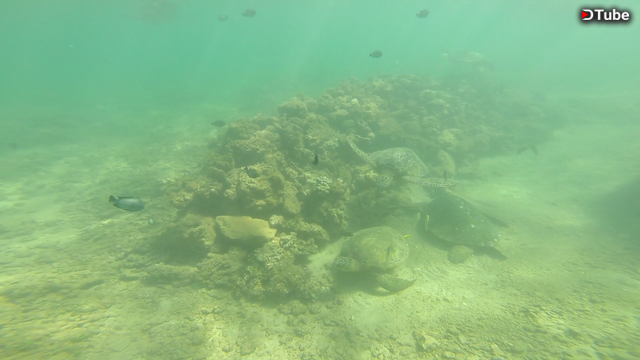
Sea turtles can’t retract their head into their shell
Honu doesn’t get its name from the color of its shell, which is often brown, grey, black or dark olive colored. It gets its name from the color of its skin, or more accurately, subdermal
Adult Honu are herbivores with serrated jaws for eating seagrasses and algae, juveniles are omnivores, and dine on insects, crustaceans, worms, sea grasses and many other food sources
Honu grow to around 3-4 feet, but weigh up to 300-350 lbs
This species of turtle won’t reach sexual maturity until they are between 20 and 50 years old. They’ve been documented at ages of 80 to 100 years and over
A sea turtle’s shell is called the carapace, and the underside of the shell is called the plastron
Honu are found around the world in warm subtropical and tropical ocean waters. They’ve been documented nesting in over 80 different countries. In the U.S., you will find them nesting in Hawaii, Puerto Rico, the Virgin Islands, and the east coast of Florida
Honu habitats are split between the land and the ocean. The land is where they nest, lay eggs, and therefor hatch, while their ocean habitat is where they spend the vast majority of their lives. Since hatchlings rarely survive to reproductive age, most of them only touch land once in their lives, as they make their mad dash from their nest to the ocean
Honu are known to travel long distances to return to their preferred breeding site. Sometimes across whole oceans. When the females are ready to lay their eggs, they climb out onto the beach
The main predators of the Honu are large sharks, especially tiger sharks. But human involvement is a close second, including entanglement in fishing gear, poaching, plastic ingestion, ocean pollution and coastal development.
Respect and awareness can go a long way in preventing these dangers for the remarkable Honu.
▶️ DTube
▶️ IPFS
Hi! I am a robot. I just upvoted you! I found similar content that readers might be interested in:
https://hawaiioceanproject.com/category/fish-guide/page/2/